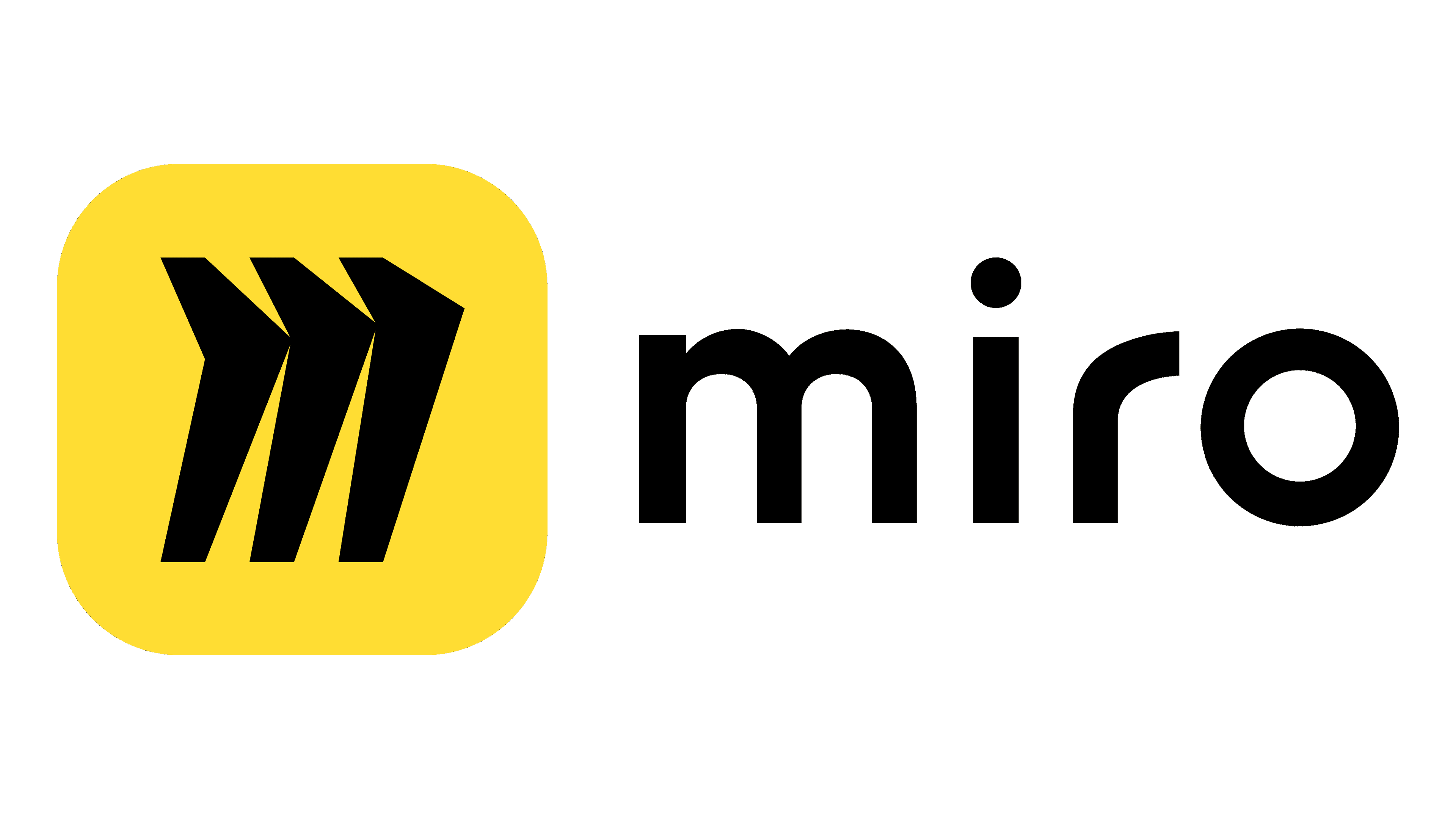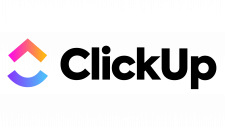Miro Logo
Miro emerges as a digital platform, fostering collaboration among users through a visual interface. The brainchild of Andrey Khusid and Oleg Shardin, its inception took place in the vibrant city of Perm, Russia. Designed with the intent to streamline teamwork and enhance project visualization, Miro has rapidly become an indispensable tool in the digital workspace. It allows for the creation, discussion, and sharing of ideas in a dynamic, interactive environment.
Meaning and history
Miro started as RealtimeBoard, a visual collaboration tool launched in 2011. Originating in Russia, its aim was to unify team creativity and workflow. Its evolution mirrored the digital acceleration of workplaces globally. By offering an expansive virtual canvas, Miro enabled real-time, remote collaboration across various industries.
The company rebranded to Miro in 2019, a nod to its broadening vision. The platform’s growth attracted significant venture capital, propelling its expansion. Miro’s user-friendly interface and versatile features like sticky notes, drawing tools, and pre-made templates catered to a diverse user base, from startups to educational institutions.
Adapting to the changing dynamics of teamwork, Miro consistently updated its offerings, integrating with popular apps and enhancing user experience. It cemented its position as a leader in online collaborative whiteboards, with a global footprint and a community of millions.
What is Miro?
Miro serves as a virtual whiteboard, offering an expansive canvas for teams to brainstorm, plan, and execute projects. Its intuitive design promotes creativity and collaboration, making it ideal for a diverse range of applications, from design and engineering to education. By bridging geographical gaps, Miro enables seamless teamwork, anytime and anywhere.
Before 2012
The logo presents a sleek, modern design, predominantly black with white lettering that reads “Realtime Board.” A distinctive blue “beta” tag sits snugly at the logo’s lower right, suggesting innovation and ongoing development. This minimalist aesthetic communicates sophistication, hinting at the logo’s digital and collaborative nature. The contrast is striking, yet simple, embodying a professional, cutting-edge tool for real-time collaboration.
2012 – 2015
This iteration of the Realtime Board logo exudes a cheerful energy with its vibrant yellow backdrop and casual white font. Gone is the stark contrast of the former black design, replaced by a warm, inviting color that captures attention. The font now appears hand-drawn, injecting a sense of creativity and approachability. It’s as if the logo itself has put on a friendly face to welcome brainstormers and collaborators to its canvas. The curved edges of the backdrop soften the aesthetic, emphasizing accessibility and user-friendliness.
2015 – 2018
In this rendition, the Realtime Board logo takes a turn towards minimalism and geometry. The yellow remains, but now it’s a solid, flat backdrop. The text is neat, sans serif, and uniform, suggesting clarity and organization. The playful curves have been traded for a sharp corner at the bottom, adding a subtle edge. This design speaks to a refined identity, where simplicity enhances focus, and creativity meets structure. It’s a visual nod to efficiency and modernity.
2018 – 2019
The logo maintains the yellow square but enlarges it, becoming more prominent. The “Realtime Board” text shifts right, growing bolder and more assertive in black. The design’s overall balance tips towards simplicity and boldness, mirroring a confident step in the brand’s evolution. This logo speaks of a maturing product, one that’s comfortable in its role as a key player in collaboration. The starkness of the text contrasts with the playful yellow, creating a memorable visual.
2019 – 2023
The evolution from Realtime Board to Miro is encapsulated in this logo, where every element signifies reinvention. Navy blue replaces the previous stark black, exuding depth and stability. The playful yellow square is gone, making way for a more sophisticated, clean look. “miro” is written in a unique, lowercase font, with the ‘i’ distinguished by a dot that hovers like an idea in space. This rebranding reflects maturity, a global appeal, and a sleek, modern approach to collaboration.
2023 – Today
The Miro logo combines a bright yellow square with angular black stripes and lowercase black text. The square’s rounded corners imply friendliness and approachability. The black stripes inside the square abstractly form the letter “M,” cleverly hinting at the brand’s initial. The text “miro,” in a clean, modern font beside the icon, balances the design with sophistication. This logo represents a fusion of creativity and clarity, embodying the essence of Miro’s collaborative platform.

















